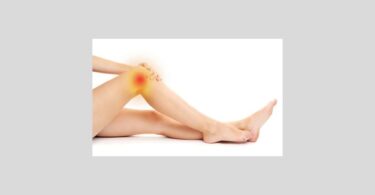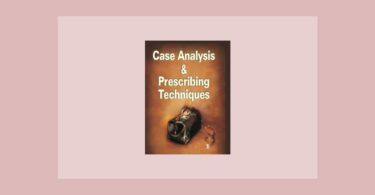Imagine the needle of a pendulum, out of balance; and it’s stuck. How much energy does it need to shift it? A quick tap, a good shove, or does it need teasing by repeated movement? When we talk about potency we are judging the energy that is needed to move the Vital Force from a position of being stuck in disease. And it can be difficult to untangle the different variables: strength, medium (dry, liquid, LM), frequency and volume (dose).
For the purposes of this article, I want you to imagine that everything except strength (potency proper?) is given. Moreover, I’m reasonably new to this game, so I want your help. I’ve started to use some guidelines for judging strength, and I want you to tell me what’s right and what’s wrong about them. But note this: your challenge is that, however these ideas are amended, they’ve got to stay manageable enough for me to be able to remember them (and I’m over 50).
Working guidelines
This is my working rule of thumb
Potency increases with:
the vitality of the symptoms, and
the degree of fit (symptom similarity) between the remedy and disease totality;
and decreases with:
the sensitivity of the patient to the disease, and
the degree of pathological destruction already in place.
Neat, isn’t it? Except “the sensitivity of the patient” is a cheat, really, because I mean three things by it:
the sensitivity of the patient before drug suppression (e.g. the asthma they first took to the GP)
the risk posed by aggravation, and
the weakness of the patient’s constitution.
These are linked of course. I’d be interested to know your reflections on lumping them together. (On the left hand side of the equation, you could distinguish the vitality of the patient and of the disease.) I hope the rest are self-explanatory.
The decision-making process
In making decisions, I find it useful to mark each element out of 10. This isn’t about sums. There isn’t a direct correspondence between different figures and specific potencies; the elements are not equally weighted (pathological destruction of any value influences the decision). But I find that assigning a numerical value brings the elements of the equation into focus. Which elements are absent, or insignificant; which elements are in balance; which figures are high…?
Remember that you mark “negatives” high on the right hand side; great sensitivity and destruction are 10. Here are some patient’s marks, and the conclusions I drew from them:
DG was roughly 8,7:8,0 (high vitality of symptoms, reasonably good remedy match, high sensitivity, no destruction). I focussed here on the balance between the vitality and the sensitivity. This suggested a 200c, where the remedy was sufficiently well indicated. A 200c was prescribed and was successful (which was just as well, as this patient aggravated on sac lac).
IK is an 81 year old with 46% heart function, but a strong underlying constitution. She came up as 7,7:6,9. Here, the figure 9 at the end – and so, caution – is dominant. Prescriptions started at 6x, and have progressed to 9x. She recovered from pneumonia in a third of the time expected by the GP, continues to live an independent life, and is active in her garden.
OP was 8,10:8,2. Here the judgement is between the dominance of the remedy similarity, and the risk represented by the presence of destructive pathology. Two options present themselves, depending on where the emphasis lies: prescribe 1m, or test the water with 30c and be prepared to move up quickly if all is well. As this was the case that lead me to develop the theory, I did neither, started with a 200c, and got an aggravation without an amelioration.
LR is 9,9:6,0. This is confidence inducing – we can start reasonably high and go higher if necessary. The patient seemed to gobble up the remedy, and a starter 200c was soon replaced by a 1m. I may even have considered a 10m later, except I’m possibly a bit new and scared for that yet. After the second 1m, it wasn’t necessary.
I could give more examples, but I trust you’ve got the general idea. The guideline doesn’t ritualise the potency choice, or ignore the need for individualisation, but it helps bring the balancing decisions needed into focus. It’s over to you now, to see if that focus can be sharper still, or more clearly expressed.
Testing the potency
One of the advantages of liquid potencies, is that it is easier to test out potency and dosage decisions. It is my standard practice to seek feedback from the patient after three days. This allows a cautious approach to be liberated, or undue optimism to be checked.
——————————————–
About the Author
Registered with the UK Society of Homeopaths in September 2006, George trained at the North West College of Homoeopathy, where he still runs the bookshop. He lives in Rossendale and practices in the Lancashire hill and mill towns and Manchester, with an interest in severe pathology. Contact him on 01706 220965 (+44 1706 220965) or [email protected]





